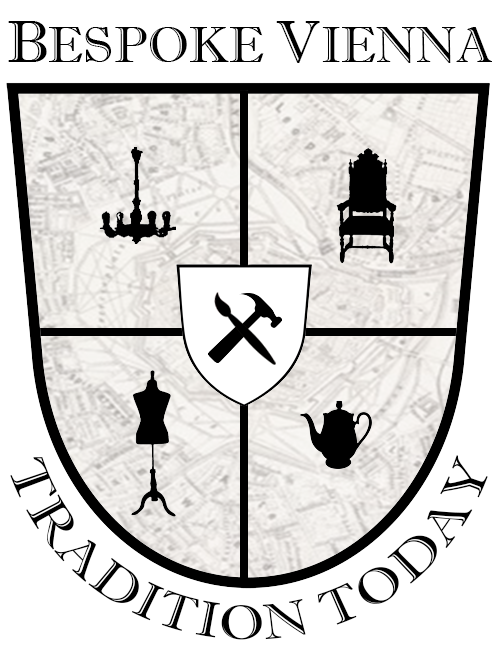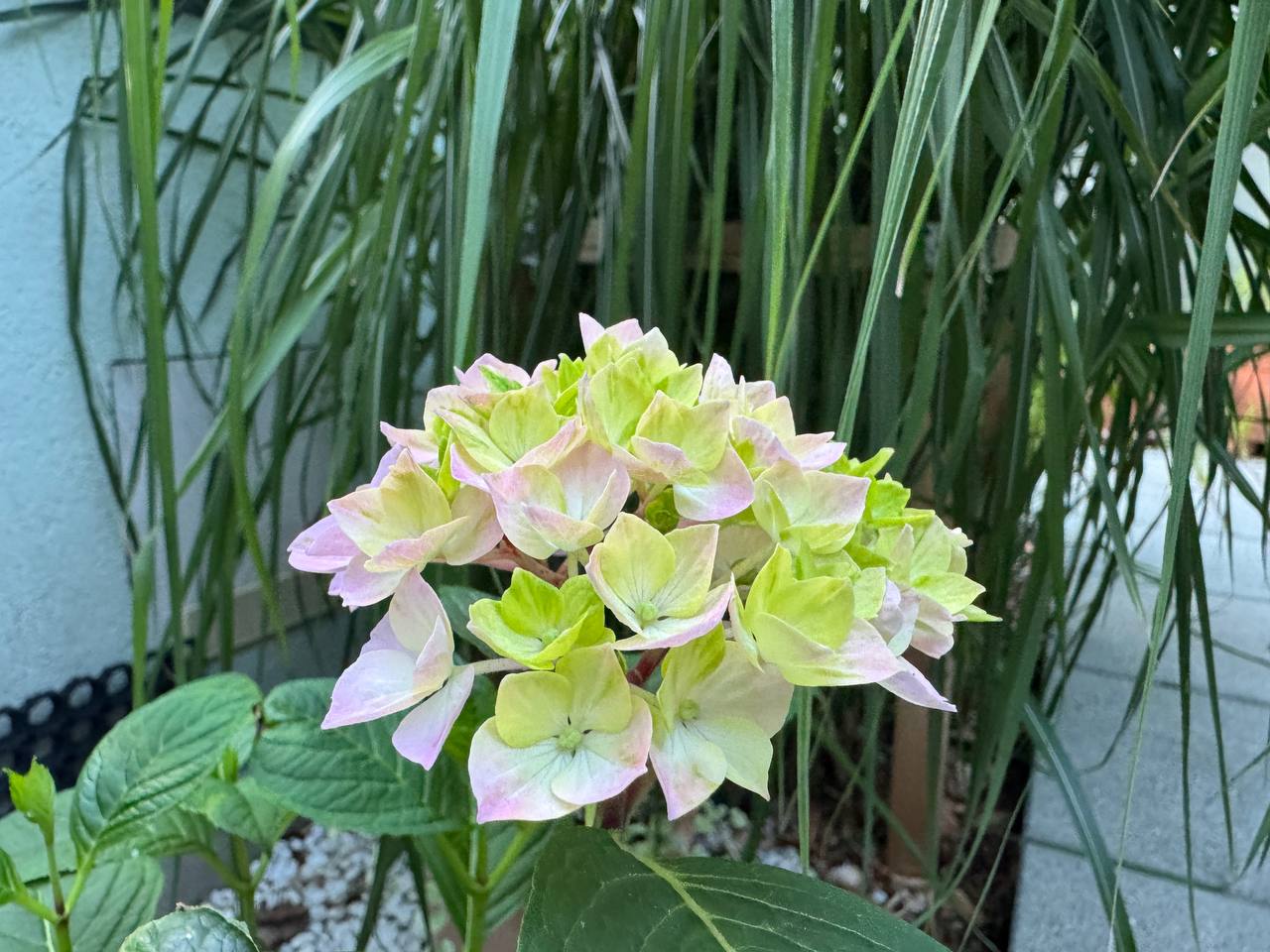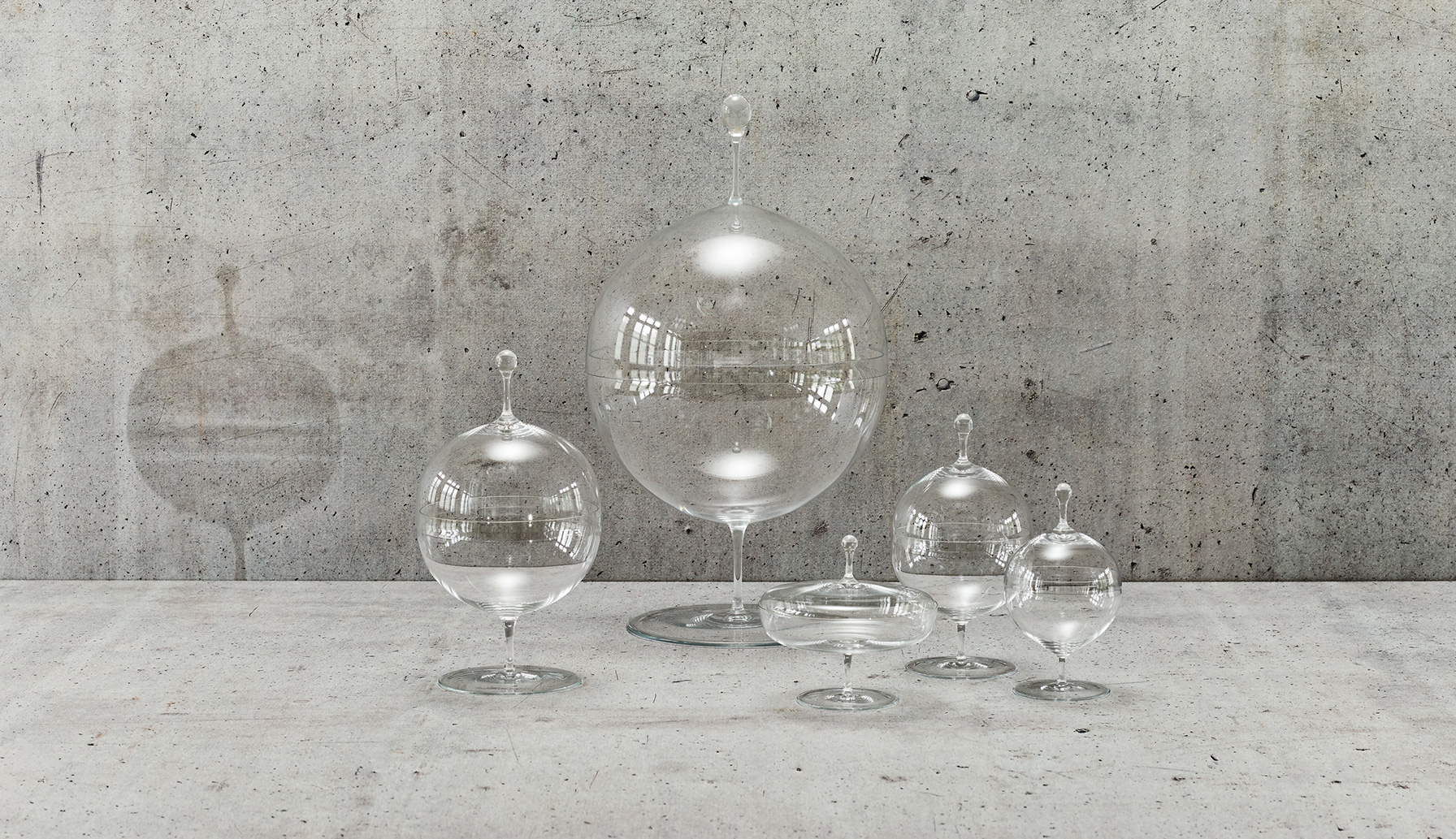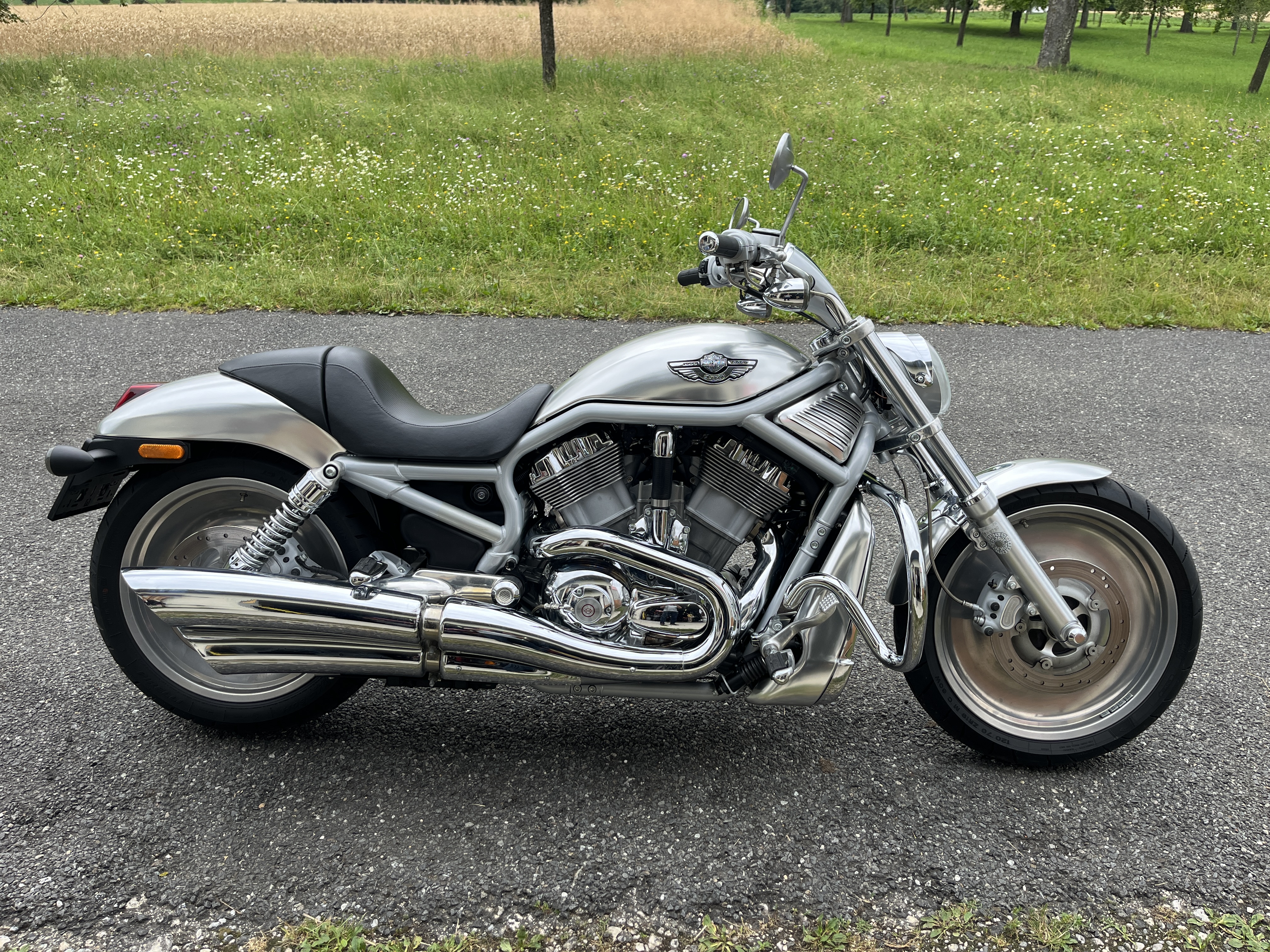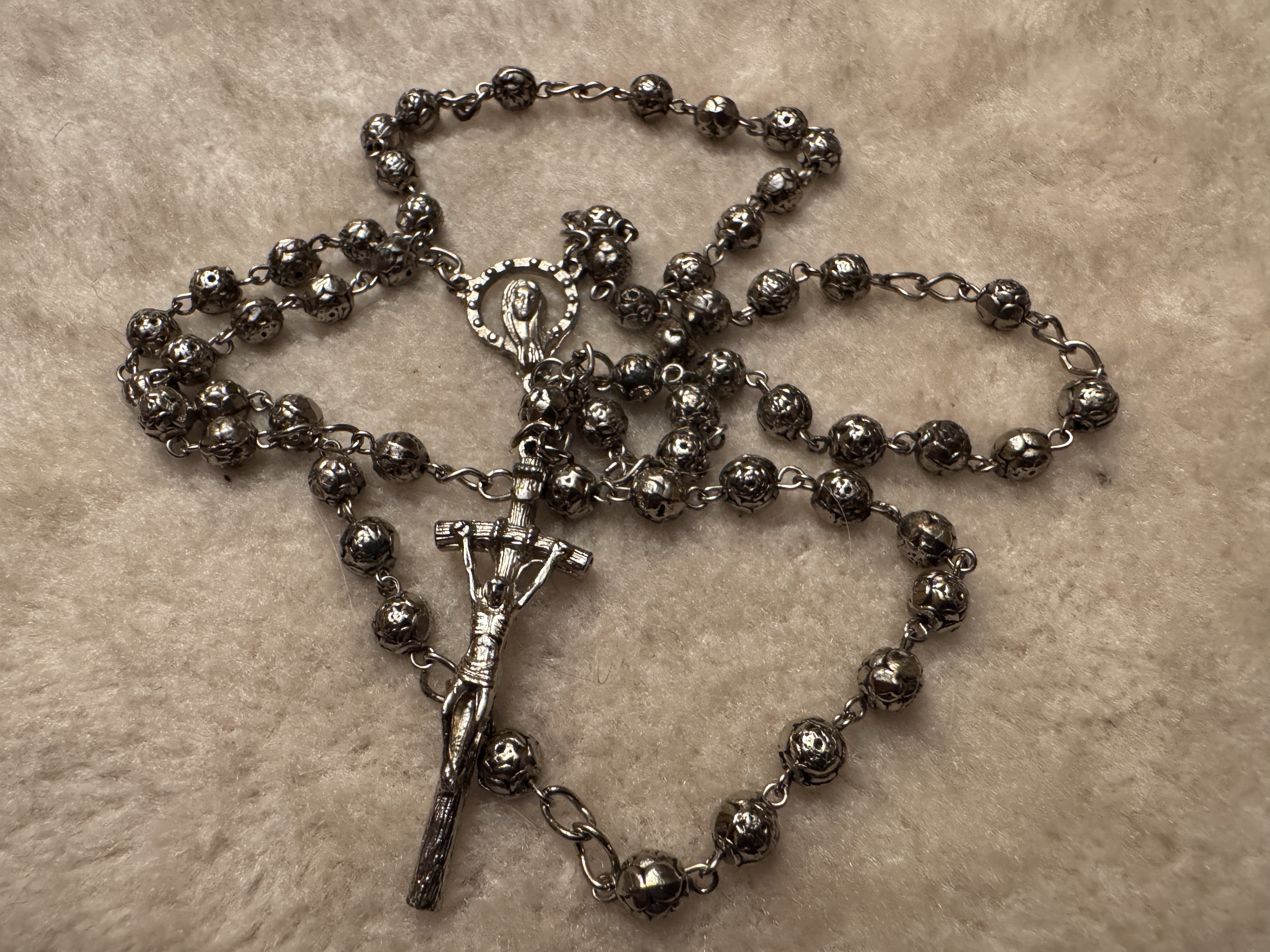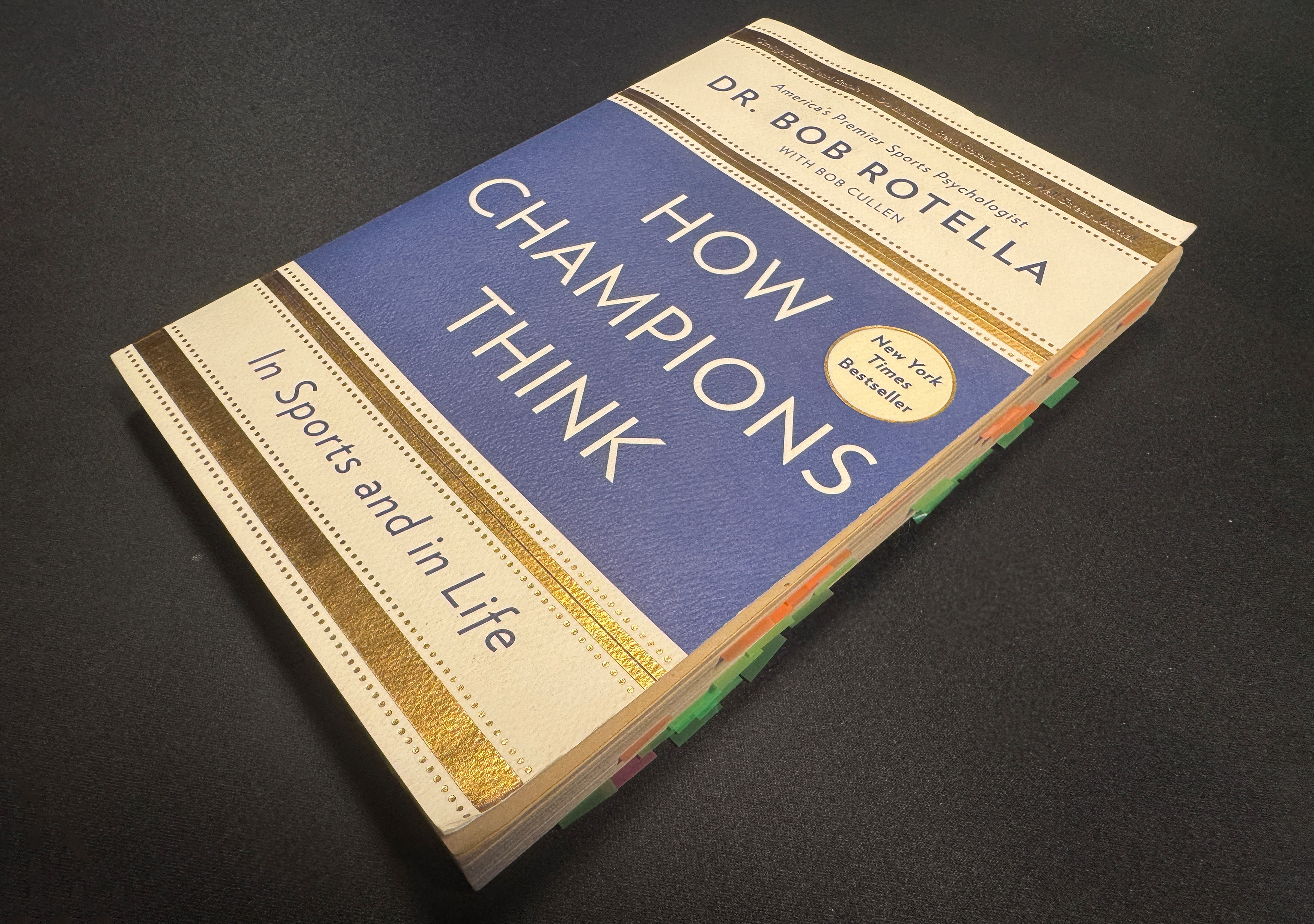The grandest visions often begin in silence, in the unseen. When we behold a masterpiece – be it a cathedral soaring to the heavens, a symphony resonating through time, or a perfectly balanced bespoke object – we rarely consider the intricate patience, the quiet deliberation, that marked its very first breath.
As Bespoke Vienna unfolds its layers, inviting you to rediscover authentic connection through heritage and craft, I find myself reflecting on this same truth. My own journey, like perhaps many of yours, began not with fanfare, but with a deeply felt need, a single potent seed of an idea: to bring mindfulness and genuine presence back into our relationship with the objects that shape our lives.
This particular seed truly began to sprout in late 2024. After a decade of nurturing blurred visions and occasional passionate outbursts about the things that have drawn me my entire life, I was finally compelled to articulate it all for a chapter in Kate Butler’s book, "Believe Beyond." Written last year in October and November, and titled "The Essence of Things," it was the very first time I put into concrete words the philosophy that had resided, unspoken, within me for so long. To then see this deeply personal work promoted on a billboard in Times Square at the end of February 2025 felt like a surreal, larger-than-life validation.
Yet, returning home from New York City the real "quiet art of beginning" began. The grand gesture of Times Square faded, and I was left with the profound, solitary question: How do I actually start? There was no entrepreneurial blueprint to follow, no mentor to guide my steps, no budget to lean on. It was just me, confronting the blank canvas of an enterprise, figuring out how to shape a concept and bring this vision to life, piece by piece.
This initial spark, however vibrant, holds within it the blueprint for everything that will follow. Like the ancient artisan, who first conceives the form within the raw material, or the botanist who sees the towering oak within the acorn, true creation starts with a profound understanding of the essence. And just as the grandest structures evolve from a foundational stone, so too does a brand grow from its first, formative visual whispers. Accompanying this entry, you'll see a glimpse of where Bespoke Vienna’s visual identity began, an early sketch of its very first logo, a quiet emblem of the seed from which everything you see today has blossomed.
There are moments, however, when this commitment to the essence feels like an emptying. When, after pouring all one's clarity and passion into distilling an idea, the creative well seems momentarily quiet. It's a natural ebb in the rhythm of profound work. But I've learned that this is not a void; it is, in fact, a fertile ground. An empty canvas inviting its first deliberate brushstroke. An uncarved block patiently awaiting its first, precise chisel mark.
This initial quiet, this deliberate pause, is where the integrity of true quality is forged. It's in this sacred space that authenticity is protected from the fleeting demands of speed or superficiality.
As you embark on your own journey with Bespoke Vienna, I invite you to consider the quiet art of beginnings in your own life. What cherished object in your home has a story that began imperceptibly, in a craftsman's quiet contemplation, or in a thoughtful decision long ago? Can you find presence in its origin, and in doing so, rediscover its profound significance?
This exploration, like all authentic endeavors, starts with a single, mindful step. Welcome to the quiet art of beginning.
